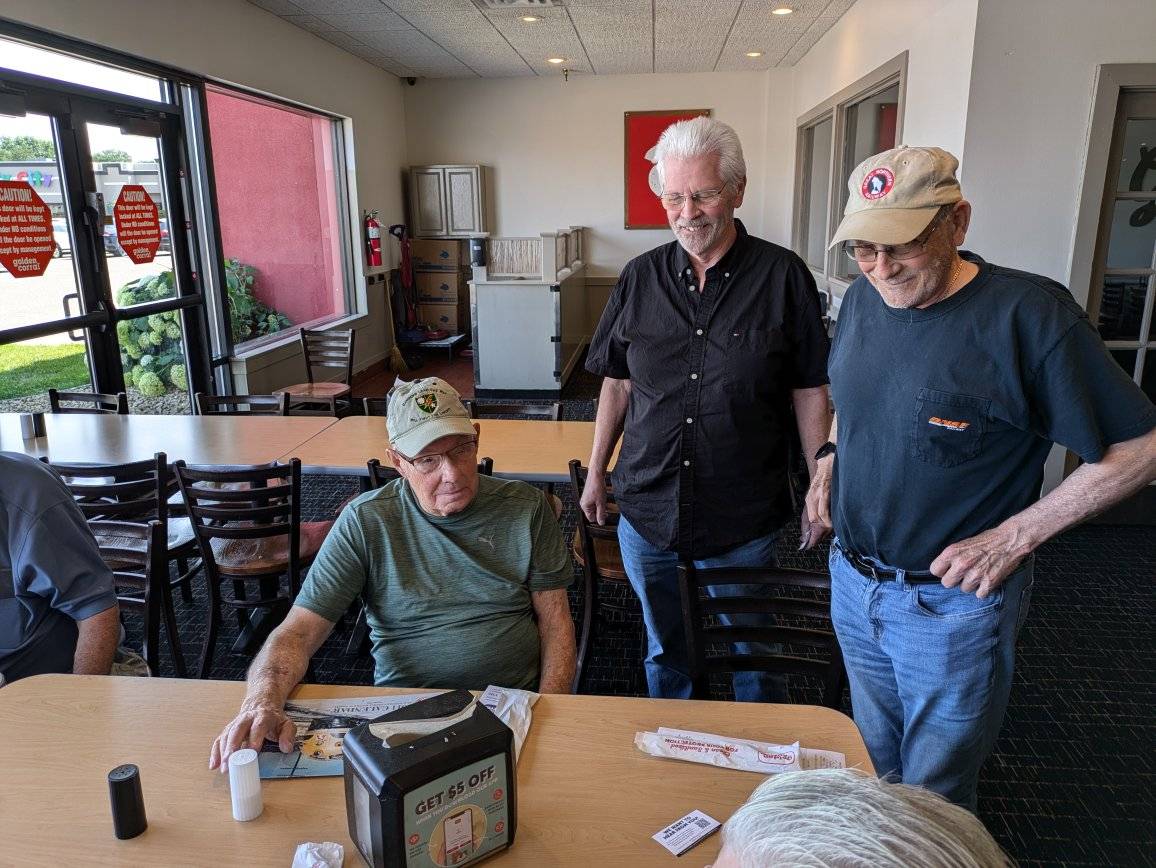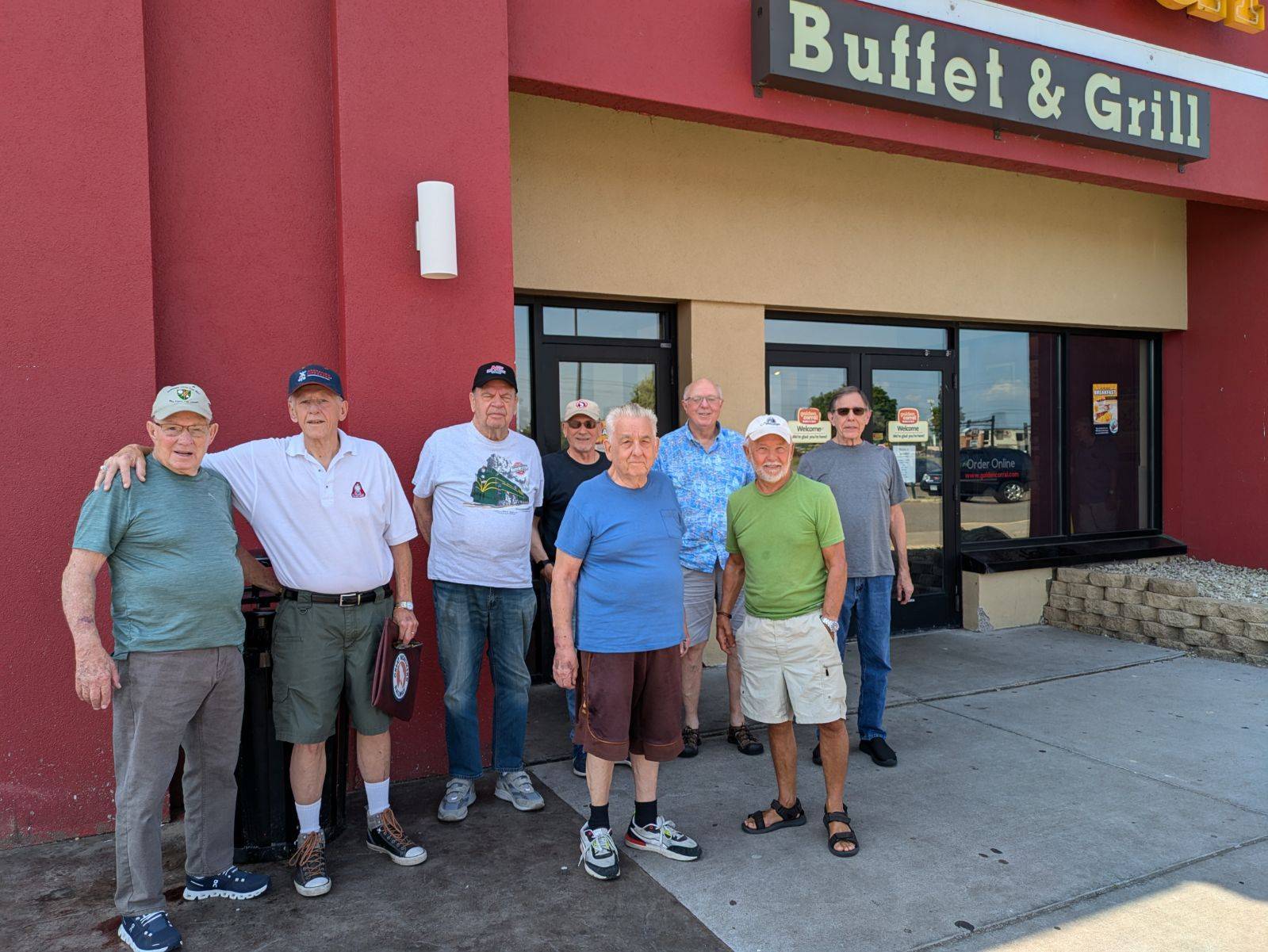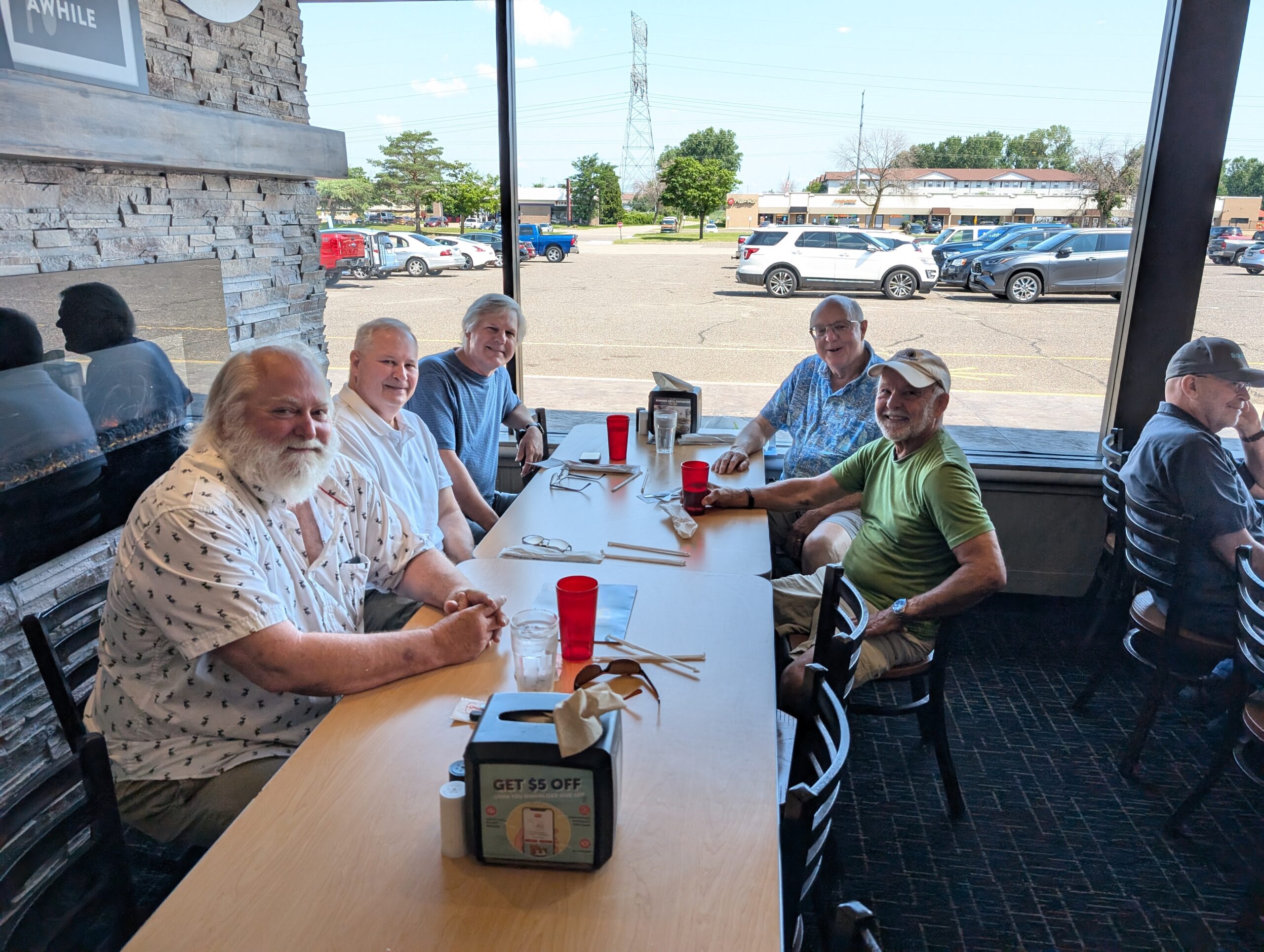 |
| The Golden Temple Amritsar, India, is seen through a decorative archway on the religious grounds of the historic Sikh location. Please click here to see more photos from Amritsar. |
Note: This post is the second of the 2000 word posts required for SEO. Some of the verbiages may sound repetitive. We’ll be back to our usual post tomorrow. Only three more of these to go. Thanks for your patience. Feel free to read.
As Tom’s retirement was fast approaching and we’d made the outrageous decision to travel full-time, we searched online for travel tips that possibly could point us in the right direction, especially those applying to retirees. When many young people travel the world, even with children, they often stay in hostels, camp, rent or buy campers or caravans, and live very different lifestyles than we were seeking.
At that time in 2012, considerably fewer retirees had “given it all up” to do what we’d chosen to do, travel the world for years to come with minimal possessions with us, no storage facility anywhere in our home state or country, and find a way to make it work being home-free. We considered no condo, apartment, or studio-type living quarters as a base to return to should we so desire. We chose to make the “BIG commitment,” and for us, that only came when we sold everything we owned, leaving us little opportunity to change our minds if something went wrong, especially in the early days. Always a part of our mission was to include home-free retirees’ world travel tips.
Our friends and relatives bombarded us with suggestions and travel tips amid a plethora of travel warnings on all the potentially horrible situations we could encounter along the way, some even life-threatening. We chose not to take heed of their warnings when instead, we chose to research on our own.
Searching online was little help. We found countless travel tips from travelers who’d been “out there” on their own, as a couple of a family of three or more. But, few were retirees, and most had a place to call home to return to for a break or respite. Of course, today, eight years later, we’ve encountered other retirees, home-free and traveling the world. But after a fashion, most acquiesced and returned to their home country, recovered their belongings from storage, and began again. Not us. As retirees, we wanted to do it differently to truly experience the challenges and benefits of living life on the move, with no safety net.
What are the potential challenges facing home-free retirees’ world travel tips?…
The most frequent travel tip/question most travelers tossed our way revolved around these two topics:
1. What will you do if one of you becomes very ill when retirees are more likely to encounter health problems due to an advanced age?
2. What will you do if something goes wrong or you tire of traveling?
In the first over six years of our home-free world travel lifestyle, neither of these potential issues had any impact on our lives. As retirees, we were healthy, fit, and relatively active. We’d had extensive medical tests before we embarked on our journey, all required dental work completed. As we traveled the world, we each had basic health checks, blood tests, and dental appointments every few years. All was well until…
The “worse case” scenarios transpired…
While living in a holiday home in the bush in South Africa, in February 2019, I had to have emergency triple cardiac bypass surgery, which resulted in four total surgeries (due to complications) and over the US $150,000 in medical expenses, which our then international health insurance company refused to pay, claiming I had a preexisting condition (I had no idea).
The question many other retirees had asked, “Should such an event occur, what would you possibly do?” Would being home-free prevent us from quality medical care and a place to recover after such a frightening event? It did not. We extended our rental period for the holiday home or would have moved to another while I recovered.
At the time, many home-free retirees’ world travel tips came our way with suggestions for us to return to the US, but that tip was preposterous. I couldn’t travel on an airplane for at least three months. We stayed in the wonderful bush house while I recovered sufficiently to again begin our world travel journey. Nothing was holding us back. We continued for three months in an oceanfront house in Connemara, Ireland, as my recovery continued.
The second question above asks, “What will we do if something goes wrong or you tire of traveling?
Tom and I made a pact when we began traveling the world as home-free retirees. If either of us ever became tired or bored with traveling the world, we would stop. Even amid the challenges facing us these past few years, neither has suggested ending our journey to the other.
Another huge challenge that tested our durability and commitment as home-free retirees was the pandemic that hit the world in January and February 2020. At the time, we’d just completed a weeklong tour on the renowned Maharajas Express Train from Mumbai to Delhi. After the train, we embarked on a 55-night tour of India, which we had to cut short when COVID-19 presented us with a considerable risk of continuing. Most temples and tourist sites were packed with people, often crowding in small spaces. More, we considered home-free retirees’ world travel tips from other readers with similar experiences.
We decided the risk of being at crowded venues was too high and started self-isolation on or about March 12, 2020, when we were notified that our upcoming cruise on April 3, 2020, had been canceled due to the COVID-19. As of this writing, we have officially been in India’s government-mandated lockdown, which began on March 24, 2020, for a full six months. More and more of our readers write to us each day with tips and suggestions as to what we should do at this point. But, our particular circumstances and home-free lifestyle have guided us as to what works well for us.
Considering home-free retirees’ world travel tips weren’t a factor in preventing us from heading back to the US to hunker down in lockdown. Where would we stay? Ultimately, we decided to stay put in a lovely Marriott hotel until we could continue our travels. At this point, the pandemic has reached such proportions in the US, we have no desire or plan to return. Also, it would not be easy to decide where to stay without a home while we waited it out. We’ve been safe in this hotel, although India has been a hard hit as well. Only time will tell when we can continue.
We’ve received hundreds of tips geared toward our home-free status as to what we should do during this period. We’ve appreciated all the tips, suggestions, and updates sent by readers, family, and friends. Most of the retiree’s circumstances are very different from ours, and what they would choose to do in these circumstances may differ from our choices.
What do we do as home-free retirees if the lockdown/pandemic continues for more months to come?…
We are safe. This hotel has exercised diligent efforts to avoid a single case of COVID-19 since we arrived. All staff is required to wear face masks and gloves. All staff members live within the walls of the hotel. No one is allowed to clean our room or serve our meals via room service unless they’ve been living here for a minimum of three weeks. We are confined to the fourth floor except for those few times we’ll head downstairs to the reception desk to pay our bill. We haven’t been outdoors in six months.
But, when we think of retirees living in a retirement community, they most likely haven’t been outdoors much either. Perhaps, our situation isn’t so unique after all. We’re safe. We have everything we need. We’re relatively comfortable. We miss socializing and often think of how enjoyable it would be to get together with other retirees and commiserate over this challenging situation.
At most, the staff and any other guests appear to be mostly in their 20s, 30s, and 40s. But, it seems, as retirees, we’re the oldest people in the entire hotel. Every few days, we receive tips in our email with movies and TV series, we should binge-watch, and games we should play to alleviate the boredom we’re experiencing now. We take many of these tips to heart and find ourselves streaming many fun new series suggested by our readers. This means a lot to us.
How are we emotionally impacted by home-free living?…
Often, we’re asked, don’t you feel lost without “roots?” Our answer is simple from an adage, “Home is where the heart is.” And, although our hearts are filled with love for family and friends back in the US, as a couple, we have made anywhere we may be living, at any given time, our “home.” That premise prevents us from ever feeling lost and lonely in a home-free lifestyle.
Most home-free retirees’ world travel tips include comments from those who spent their lives and careers in Minnesota, often leaving to spend their retirement in warmer climates. In most cases, they’ll purchase or rent a condo, house, or apartment in such states as Arizona, Florida, Texas, or Hawaii. Often, they’ll keep their original home and deal with the maintenance of having two homes. This didn’t appeal to us at all.
Instead, as retirees, we chose to be home-free; no apartment somewhere; no bedroom in one of our adult kids’ homes with a closet full of clothes; no lease on a storage facility as a safety net to enable us to “set up housekeeping” once again. This was it, just the two of us and our luggage, the size of which has significantly diminished over the years.
In the beginning, Christmas was a time we had to make adjustments. We’d no longer have a Christmas tree, nor did we have decorations or a need to bake endless cookies and baked goods. We no longer sent Christmas cards and gifts instead of mailing gift cards to our grandchildren. This commitment required a lot of emotional changes experienced by many retirees who become ex-pats and world travelers.
The most challenging time we’ve experienced has been during my recovery from open-heart surgery and now, six months in lockdown in a single hotel room. But, somehow, these two home-free retirees have managed to maintain emotional strength and resilience in the knowledge that in time, we’ll be on the move again.
Will we ever settle down?…
This question has been asked of us over and over again. And, the reality is, we’ll have to at some point. With advancing age and potential health conditions, we may need to return to the US and find a place to live. Does this worry us? Not at this point. We’ve survived so much, we both feel confident that when the time comes, as has been the case in every other situation, we’ll figure it out.
Home-free retirees’ world travel tips often include ways to figure out significant life changes at some point or another. We are no exception. The fact we’ll have lived a home-free existence for so many years makes those decisions only a little more complicated, mainly revolving around: Where will we choose to live?
We’ve considered the possibility of staying in holiday homes in several parts of the US for three to six months, giving us a further opportunity to see more of our own country in our waning years. There’s also the possibility that we may find a country besides the USA where we’d like to live as retirees in the next few years, again with the principle of renting various, fully-equipped holiday/vacation homes.
In conclusion…
A home-free lifestyle is not for everyone, whether a young person was starting their lives, a young family, couple, or retiree. We each have our unique desires and emotional needs when it comes to our chosen lifestyle. If and when we have a need and a desire to be “rooted” to one location, we’ll do so.
World travel is not on everyone’s radar or in their dreams of what will ultimately be fulfilled and purpose-driven. We never knew we had a plan to travel the world as retirees, living a home-free lifestyle. It came upon us in a happenstance manner described in our first few posts and many more to go over the years.
As we’re fast approaching our eighth anniversary since we became home-free on October 31, 2012, we have no regrets from the most exciting adventures to this most recent mundane period, spending over six months in lockdown in Mumbai, India.
We’re hopeful for the future that we’ll be able to continue on our home-free journey to see the world in time. In the interim, we’ll continue to offer home-free retirees world travel tips as well as hearing from other world travelers. The world is a prominent place. We all have much more to see and to say.. Stay with us, dear reader. There’s more to come.
Photo from one year ago today, September 23, 2019:
 |
| The pond next to our house, Pond Cottage, in Witheridge, Devon, UK, with a few ducks and geese. For more photos, please click here. |





































